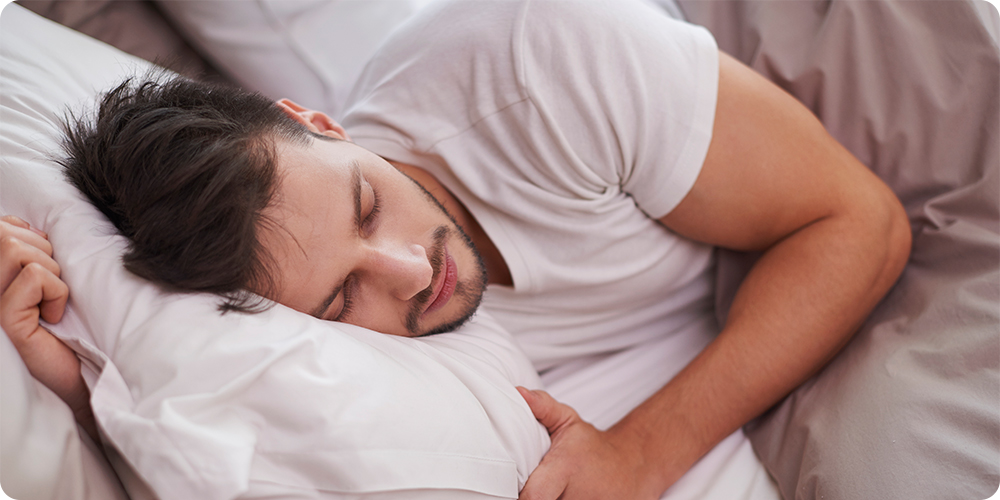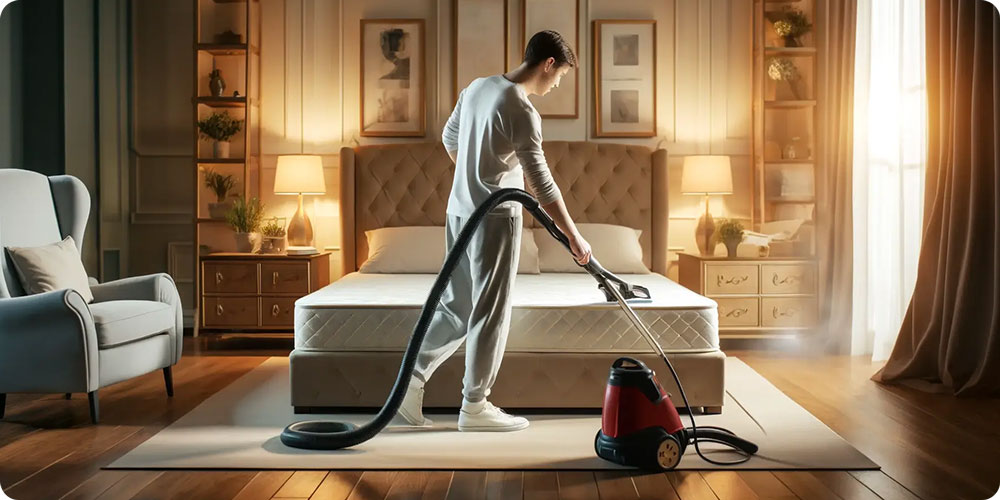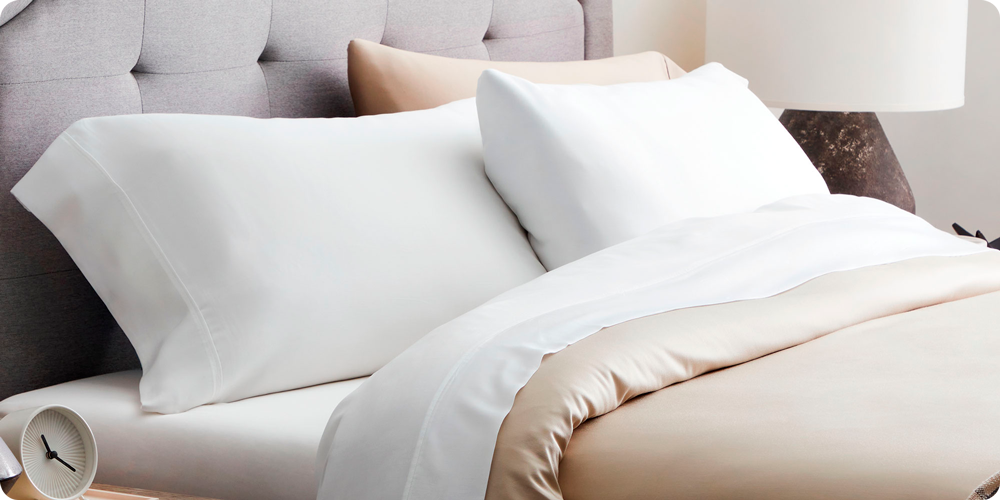Sleep apnea is a serious sleep disorder that affects millions of people worldwide. It occurs when a person’s breathing is interrupted during sleep, often due to airway blockages, which can lead to snoring, restless sleep, and daytime fatigue. There are two main types of sleep apnea: obstructive sleep apnea (OSA), caused by a physical blockage of the airway, and central sleep apnea (CSA), which happens when the brain fails to send the correct signals to muscles controlling breathing.
One factor that can exacerbate sleep apnea symptoms is sleeping posture. The position in which you sleep has a direct impact on your breathing and can either relieve or worsen apnea symptoms.
The Impact of Sleeping Positions
1. Back Sleeping (Supine Position): Sleeping on your back can be problematic for those with sleep apnea. In this position, gravity pulls the tongue and soft tissues of the throat backward, obstructing the airway and making it more difficult to breathe. This is often why back sleepers tend to snore more and experience more frequent apnea episodes.
2. Side Sleeping (Lateral Position): For many people with sleep apnea, sleeping on the side can be beneficial. This position helps keep the airway open by preventing the tongue and throat tissues from collapsing into the airway. Studies suggest that side sleeping can significantly reduce apnea episodes and improve overall sleep quality.
3. Stomach Sleeping (Prone Position): Sleeping on your stomach can also prevent airway obstruction, but it may cause neck and back discomfort. If stomach sleeping is comfortable for you, it could help reduce apnea symptoms.
Improving Sleep Posture for Sleep Apnea
If you suffer from sleep apnea, consider adjusting your sleeping posture to see if it helps improve your symptoms. Pillows designed to support side sleeping or even positional therapy devices may help you stay in a sleep-friendly position throughout the night, reducing apnea episodes and improving sleep quality.









